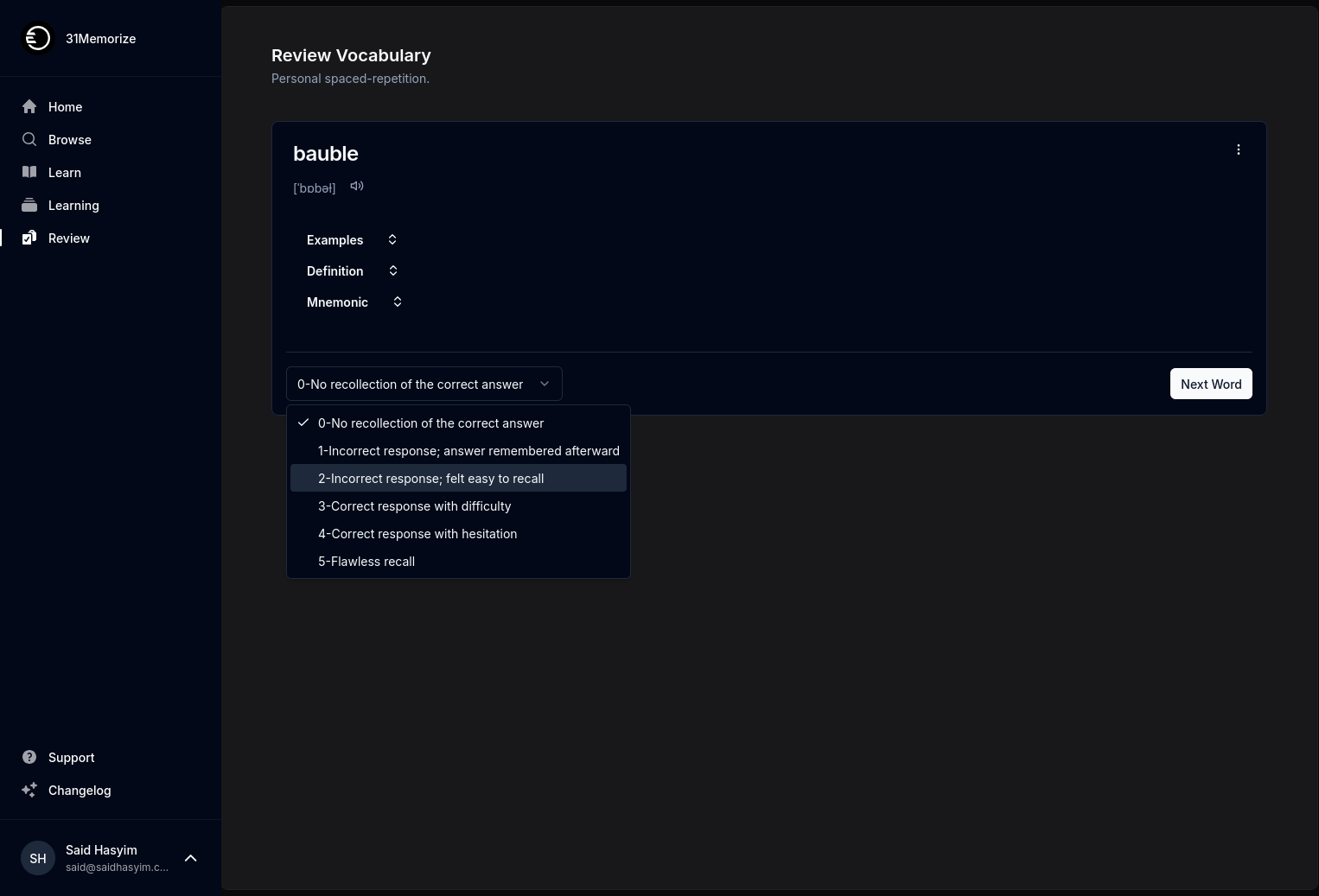Anticipating Reader Expectations through Ratings
In an age where information is abundant and attention spans are fleeting, the way we present and assess content is more critical than ever. Ratings have become an essential tool in molding reader expectations and enhancing their reading experience. This blog post explores what ratings are, how they influence reader expectations, and the best practices for leveraging this potent tool effectively.
Understanding Ratings and Their Significance
Ratings serve as a shorthand for quality assessment. Whether it's a star rating for a book, a numerical score for a movie, or thumbs up/down for an article, these ratings help readers make quick decisions about what to invest their time in. In an environment inundated with options, ratings offer a glimpse of content quality, popularity, trustworthiness, and relevance.
The Psychology Behind Ratings
Cognitive Ease: Ratings simplify decision-making. Instead of weighing all aspects of a piece of content, readers can rely on a collective judgment distilled into a single number or symbol.
Social Validation: High ratings can provide social proof, indicating that many others have found the material worthwhile. Conversely, low ratings often serve as red flags.
Expectation Management: When consumers encounter ratings, particularly when linked to user-generated content, their expectations are not only shaped by the numerical value but also by the communal sentiment it conveys. For instance, a 4.5-star book might lead to anticipations of a well-crafted narrative and depth, while a 2-star rating may breed hesitance.
How Ratings Influence Reader Expectations
Understanding the connection between ratings and reader expectations can unveil substantial opportunities to refine content offerings. Here are a few key ways in which ratings can set expectations:
Setting the Bar for Quality
A high rating often indicates that a piece of content meets or exceeds certain quality standards. When a user sees a 5-star rating, they are primed to expect a remarkable experience, rich in depth, engagement, and overall satisfaction. For content creators, this means they must strive to deliver on the substantial promises associated with high ratings.
Creating Anticipation for Features
Ratings often summarize various aspects of content: from its educational value to its storytelling quality. Readers looking at a 4.8-star-rated article about productivity may expect not only informative content but practical tips that are actionable. Understanding this nuance can guide writers in structuring their pieces to meet or exceed these expectations.
Influencing Choices and Time Management
In the face of time constraints, ratings steer readers toward more fulfilling options. If a reader can only set aside a limited amount of time, they might favor content that has been positively reviewed over something that is unrated or poorly rated. As a result, high ratings allow content to stand out, enhancing its chances of being selected over alternatives.
Best Practices for Leveraging Ratings
To effectively use ratings to anticipate and shape reader expectations, content creators should consider the following best practices:
1. Prioritize Quality Content
Ensure that the content genuinely reflects high value. Striving for excellence will cultivate positive ratings organically, thereby shaping reader expectations favorably.
2. Curate Meaningful Ratings Systems
Avoid mere star ratings; utilize detailed feedback options that allow readers to express why they rated content a particular way. This qualitative feedback can help others understand what they can expect.
3. Feature Ratings Prominently
Highlight ratings on landing pages, within content, and across different platforms. Users should easily come across them before they dive into your content.
4. Regularly Update Ratings
If you’re dealing with topics that evolve over time, ensure that the ratings and feedback reflect the current state of the content. An outdated rating can create mismatched expectations.
5. Use Ratings for Iterative Improvements
Analyze the feedback and ratings to identify trends, preferences, and areas for improvement. Continuous enhancement of content can lead to better ratings over time.
The Future of Ratings in Content Creation
As technology continues to evolve, we can expect ratings to adapt as well. The integration of AI and machine learning may lead to more personalized rating systems that take into account individual user preferences, social media sentiment analysis, and even contextual circumstances.
Anticipating Personalized Reader Expectations
Imagine readers receiving content recommendations shaped by intelligent tracking of their preferences, enhanced with community ratings tailored to their interests. Such systems could improve user satisfaction significantly, proving that understanding reader expectations is not only about current trends but also about anticipating future behaviors.
Conclusion
Anticipating reader expectations through ratings is a powerful approach to enhancing the overall content experience. By acknowledging the significance of ratings and actively engaging with them, content creators can align their work with audience hopes and preferences. Whether writing articles, crafting stories, or producing any type of content, integrating a thoughtful ratings system positioned strategically within the content can pave the way for elevated reader engagement and satisfaction. Embrace the insights derived from ratings, and let them guide you in creating valuable experiences that resonate with audiences everywhere.
